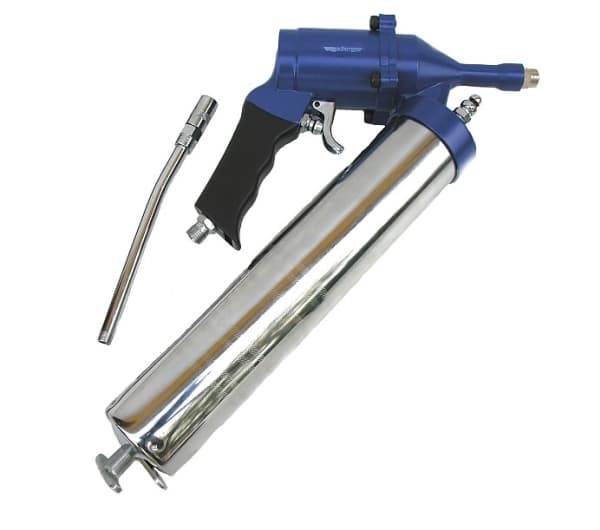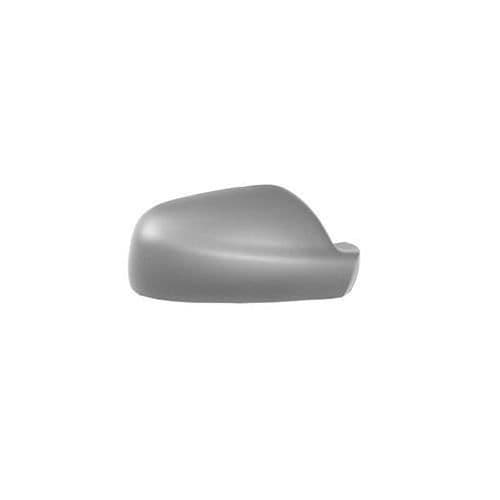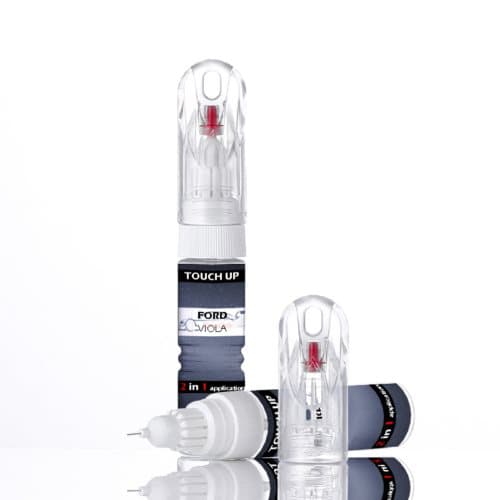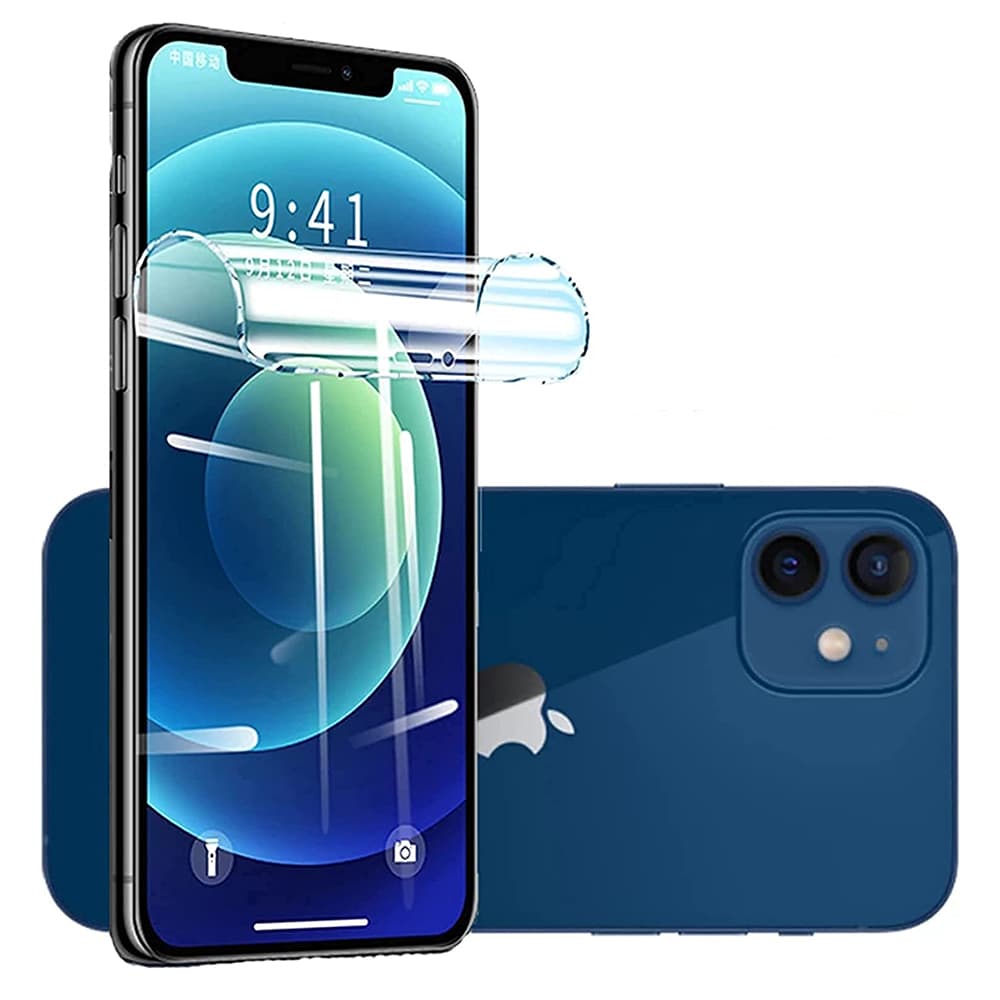Amphiphilic molecules displaying characteristic self-assembly behavior, generating nanoscale structures, are being widely exploited in materials, energy, pharmaceutical and biomedical technologies. There is great interest in the design of amphiphiles tailored for specific applications. This book introduces the reader to recent advances in this field incorporating studies on a variety of amphiphiles including surfactants with novel ionic head groups, surfactants with chirality, peptoid amphiphiles, block copolymers, block polyelectrolytes, amphiphilic inverted polymers, adhesive peptide amphiphiles and amphipolar polymers. The molecular structural features of amphiphiles and their impact on self-assembly and/or potential applications are considered in all of the chapters. Examples of the amphiphilic systems and applications covered in the book include pyridinum based amphiphiles for gene delivery, peptoid amphiphiles that control inorganic nanoparticle growth, carbohydrate surfactants for food applications, amphipolar block copolymers for emulsion polymerization, polymer grafted surfaces to control biofouling of medical equipment, peptide amphiphiles with strong adhesive characteristics to produce nanoscale adhesion pads, use of block copolymers as templates to generate mesoporous organosilicas, photopolymerization of resorcinarene thiol-ene surfactant to produce nanocapsules, preparation of polymer microcapsules encapsulating hydrophobes and amphiphilic invertible polymers that allow applications in both polar and non-polar solvents. Novel characterization methods have been employed to discern the structure and morphology of the amphiphile generated nanostructures. These include use of AFM, FTIR and ellipsometry to characterize polyelectrolyte complexes for fuel cell membrane applications, electrokinetic sonic amplitude method to characterize ionic block copolymers adsorption on pigment particles, SAXS, light scattering and neutron reflectivity to characterize zwitterionic polymer brushes, surface acoustic spectroscopy to characterize surfactant adsorption in the presence of counterions, and QCM-D to characterize surfactant adsorption on hydrophobic SAM surfaces. The book also includes computer simulation studies to predict assembly of nanoparticles and surfactants at the oil-water interface.












